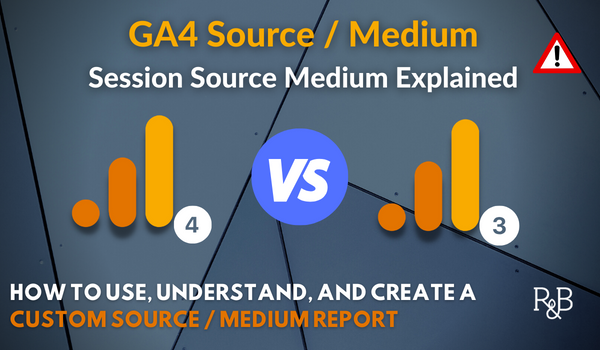Unveiling the Impact of Secondary Measurement in Google Analytics on Information Evaluation and Insights
In the world of information analytics, the utilization of second measurements within Google Analytics has emerged as a pivotal device for removing much deeper insights and unraveling complex patterns that may or else remain obscured. By peeling back the layers of primary information sets, secondary dimensions provide a nuanced point of view that improves the understanding of user behavior, web site efficiency, and the efficiency of marketing techniques.
Exploring the Principle of Additional Measurements
Secondary dimensions in Google Analytics give extra understandings by enabling customers to analyze main information in combination with a second quality. By incorporating additional measurements, individuals can dive deeper into the information and reveal beneficial correlations that may or else go undetected - what is a secondary dimension in google analytics.
By exploring the different additional dimensions readily available in Google Analytics, users can unlock new insights and optimize their digital advertising and marketing efforts. In essence, secondary dimensions serve as a powerful tool for enhancing information evaluation and driving actionable results.
Enhancing Information Interpretation With Second Dimensions
Having actually established the fundamental understanding of second measurements in Google Analytics and their critical function in data evaluation, the focus currently moves in the direction of leveraging these additional credit to improve the interpretation of analytics data (what is a secondary dimension in google analytics). By integrating secondary measurements into information evaluation, experts can get deeper understandings into individual habits, website efficiency, and advertising performance

Moreover, additional measurements assist in contextualizing primary information metrics by supplying additional layers of details. This contextualization help in understanding the 'why' behind the information patterns, helping experts make educated decisions and optimizations to boost general efficiency. Inevitably, integrating secondary measurements enhances the data interpretation procedure, resulting in even more significant insights and calculated activities.
Discovering Hidden Insights Through Second Dimensions
Exploring the midsts of analytics information with secondary measurements discloses beneficial understandings that would or else remain covered. By including secondary measurements in Google Analytics, services can discover surprise patterns, fads, and connections that supply an even more comprehensive understanding of user actions and site efficiency. These added layers of data permit analysts to dive deeper into the key dimensions, such as website traffic sources or landing pages, and acquire an extra nuanced perspective on exactly how various variables interact with each other.
With the usage of secondary measurements, experts can sector and compare data throughout numerous measurements, allowing them to determine details factors that influence individual engagement, conversion prices, and total success metrics. By matching the key measurement of 'tool category' with the second measurement of 'age team,' marketing professionals can determine which age demographics choose accessing the site through mobile gadgets versus desktop computers. This degree of granularity encourages businesses to make data-driven decisions and optimize their techniques for much better results. Eventually, revealing hidden insights through secondary dimensions enhances the depth and accuracy of data analysis, bring my blog about even more educated decision-making and improved performance results.
Leveraging Additional Dimensions for Actionable Analytics
Building upon the insights revealed through second dimensions in Google Analytics, businesses can now harness this enriched information landscape to drive actionable analytics and strategic decision-making. By leveraging additional dimensions, organizations can dive deeper right into their data to draw out useful patterns, trends, and relationships that may have formerly gone undetected. This deeper degree of analysis makes it possible for services to gain a much more detailed understanding of customer behavior, campaign efficiency, and overall internet site effectiveness.
One secret advantage of utilizing additional measurements for actionable analytics is the capability to segment information based on particular standards. This segmentation permits businesses to tailor their projects and strategies to different audience groups, leading to more targeted and reliable marketing efforts - what is a secondary dimension in google analytics. Furthermore, additional measurements offer an even more all natural sight of user interactions, allowing businesses to optimize their try this web site web content, design, and overall individual experience
Optimizing Decision-Making With Second Measurements
To enhance calculated decision-making in analytics, leveraging secondary dimensions in Google Analytics can offer a more nuanced point of view on customer behavior and project efficiency. By including second measurements into data analysis, companies can dig much deeper right into the specifics of their internet site site visitors' communications and involvement patterns. This added layer of details enables an extra extensive understanding of how different variables, such as demographics, devices, or website traffic sources, effect essential efficiency signs.

Verdict
To conclude, making use of additional measurements in Google Analytics plays a critical duty in improving data analysis and revealing covert understandings. By exploring this principle, one can acquire a much deeper understanding of customer behavior and make notified choices based on workable analytics. Leveraging second dimensions enables a much more comprehensive interpretation of information and optimizes the performance of decision-making processes.
